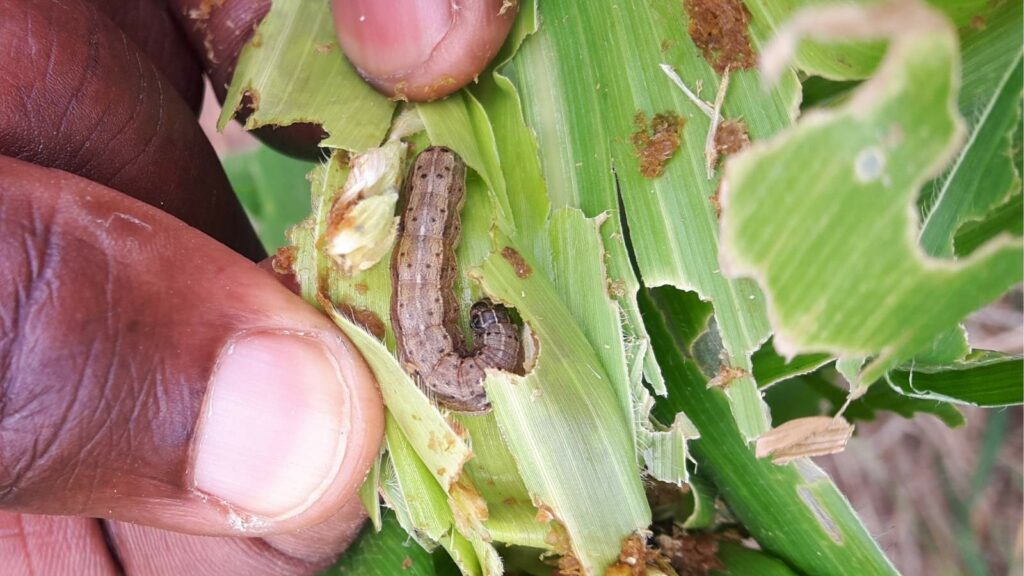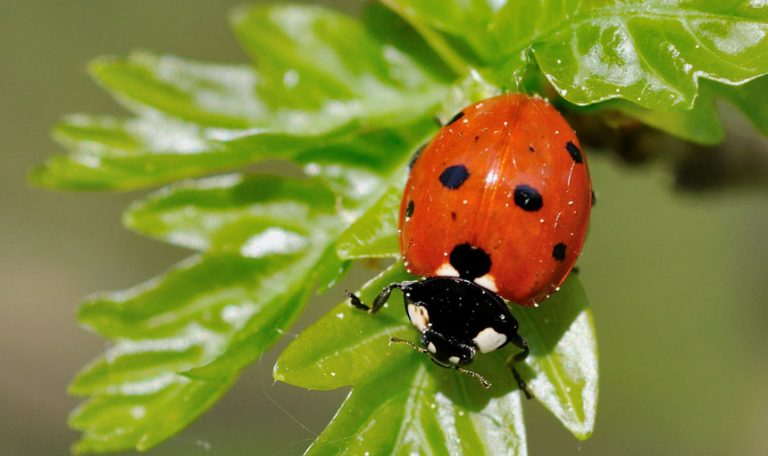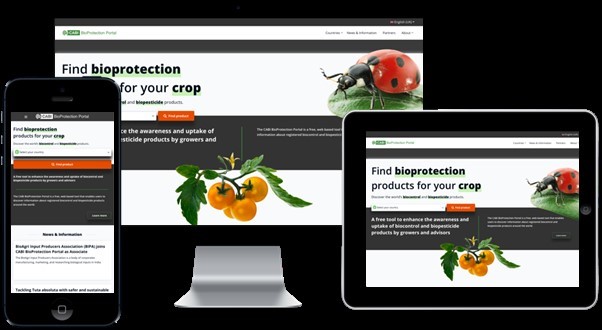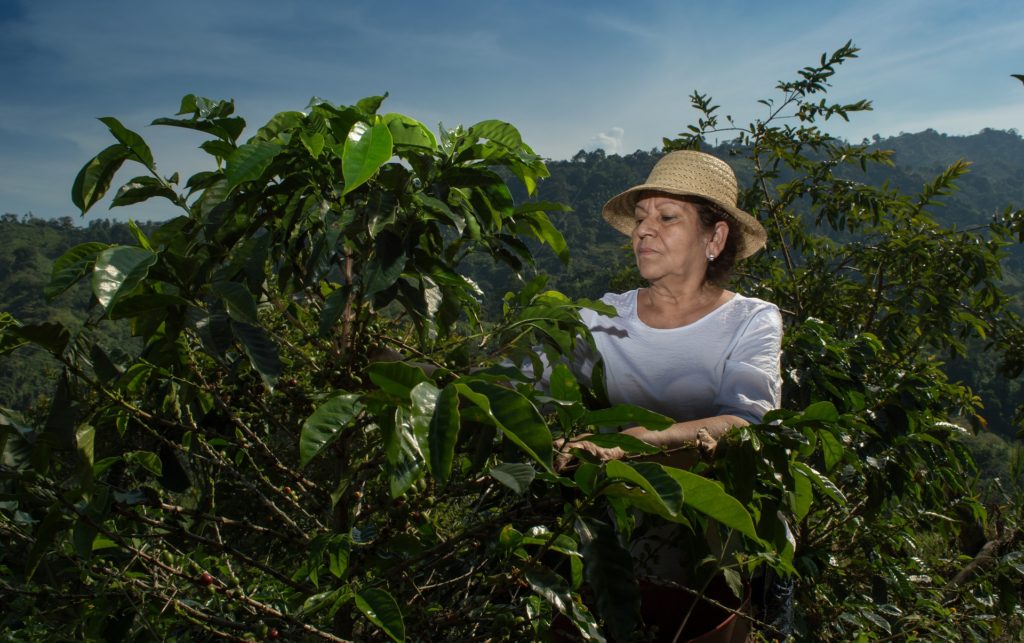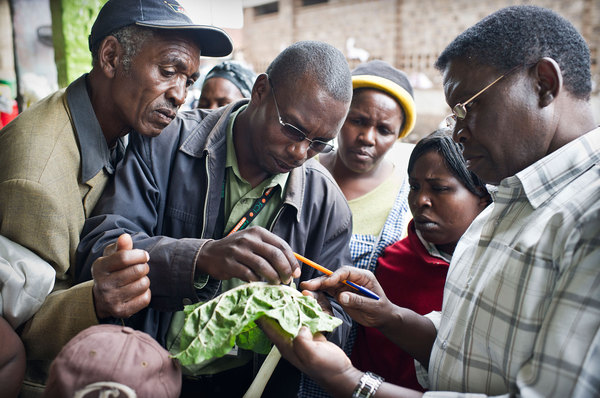Overcoming gender barriers to tomato farming in Pakistan
Tomato is an important crop in Pakistan – every year, the country produces 4.2 million tonnes of tomatoes. Growing them can be labour intensive. But research shows that tomato production has the potential to generate good incomes for rural smallholders. This includes incomes for women farmers. In Pakistan, women account for over 60% of active…
BioProtection Portal benefits showcased at BioProtection Day conference
CABI has showcased the benefits of the CABI BioProtection Portal during a special Bioprotection Day conference in Brazil held virtually in collaboration with Embrapa Soja the Brazilian Agricultural Research Corporation. The CABI BioProtection Portal is a free web-based tool that enables users to discover information about registered biocontrol and biopesticide products around the world and…
The importance of biocontrol for big commodity crops in Brazil
This year is the International Year of Plant Health, described by the United Nations as “a once in a lifetime opportunity to raise global awareness on how protecting plant health can help end hunger, reduce poverty, protect the environment and boost economic development”. Together with Brazil’s agricultural research organization, Embrapa, CABI organized a webinar on…
Biological controls viable alternative to pesticides for rice farmers in China
Between 2011 and 2015, CABI set up 22 Trichogramma rearing facilities as part of a project to promote the use of biologically-based Integrated Pest Management (IPM) for rice and maize crops. In addition to creating the Trichogramma rearing facilities, IPM strategies for rice and maize were developed in Southwestern China, Laos and Myanmar.
Swapping Pesticides with Beetles Could Put Money in Farmers' Pockets
By Wei Zhang. Reblogged from Agrilinks. Every time you see a ladybug—also known as the ladybird beetle—you should tuck it in your wallet as a lucky charm to bring prosperity, according to the folklore of many countries. There’s a grain of truth in the old stories. Research shows that each ladybird in a cotton field in…
CABI scientists shed light on factors affecting the use of biological control
Human health issues arising from the use of synthetic pesticides and concerns about their environmental toxicity are making lower-risk alternatives increasingly attractive. Biological control agents are living organisms which reduce harmful pest populations. Many people know of the common ladybird, whose larvae feed on aphids, but a wide range or biological control agents – e.g.…
Ecological Engineering Approach for Rice Pest Management-Need to Popularise its Advantages
Example of Ecological engineering in Vietnam (Photo credit: Dr HV Chien) The rice ecosystems are inhabited by more than 100 species of insects. Twenty of them can cause potential economic losses. With the change in the climatic factors and modern cultural practices adopted for production a drastic change has been…
New edition of weed biocontrol catalogue gives information on more than 2000 releases
The fifth edition of Biological Control of Weeds: A World Catalogue of Agents and Their Target Weeds has been released after years of literature searches and the involvement of 125 weed biocontrol specialists. The publication of this catalogue, available as a searchable online database and as a PDF book, was led by Mark Schwarzländer, University of Idaho…
- « Previous
- 1
- 2
- 3
- Next »

